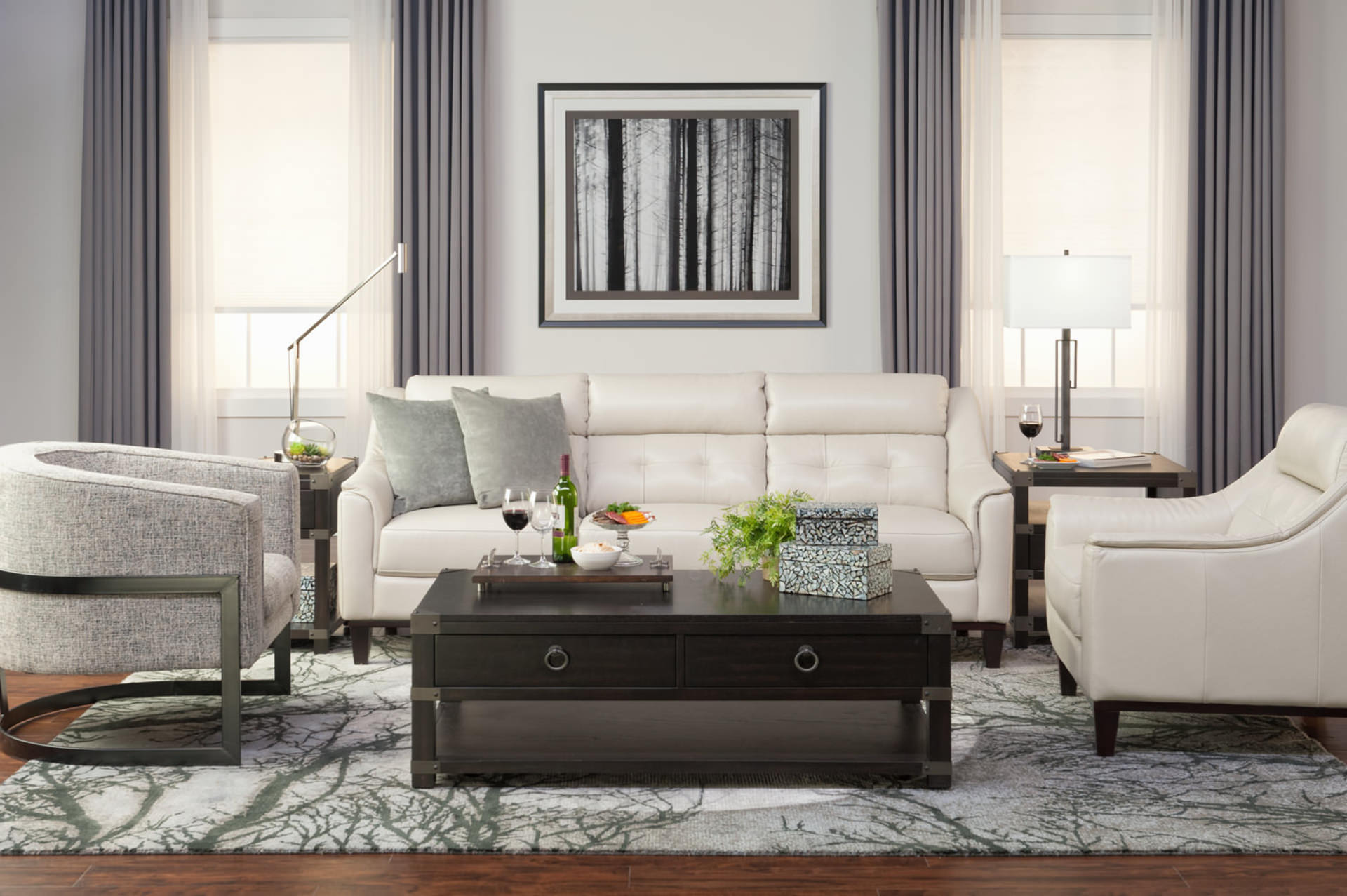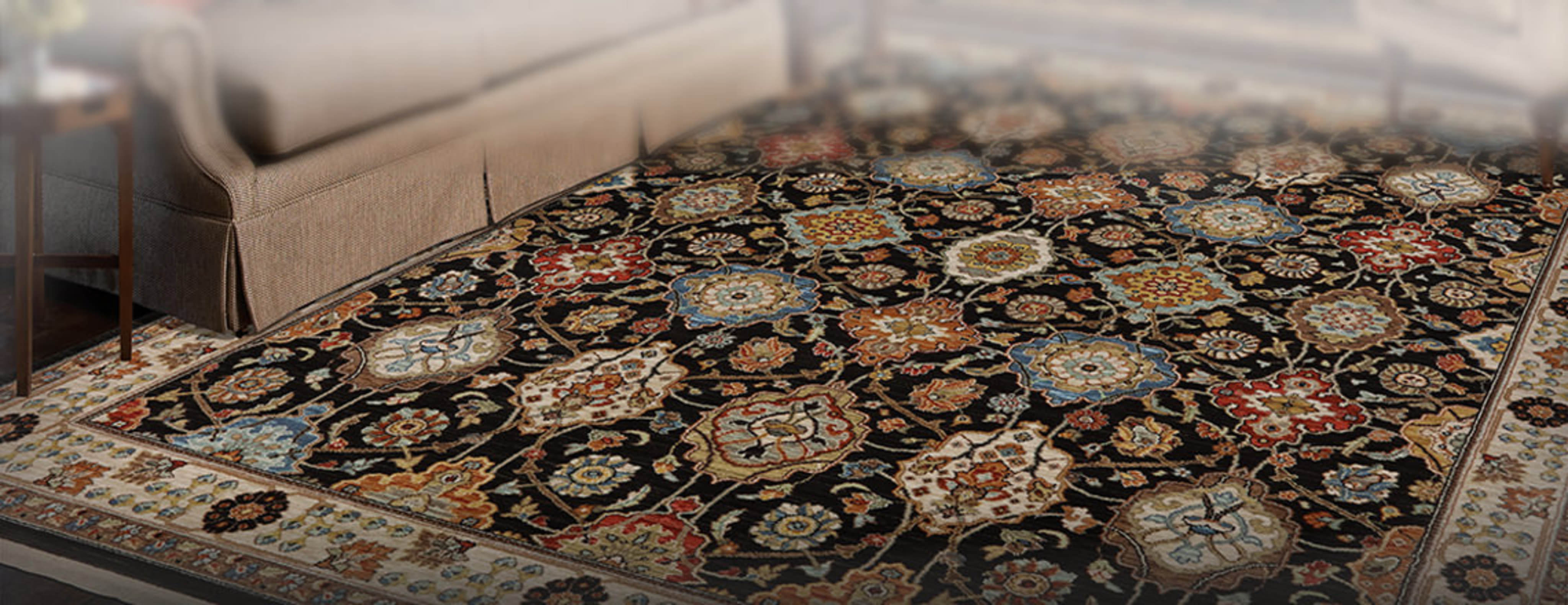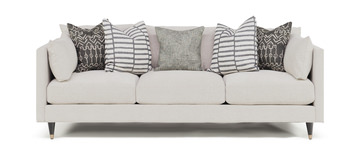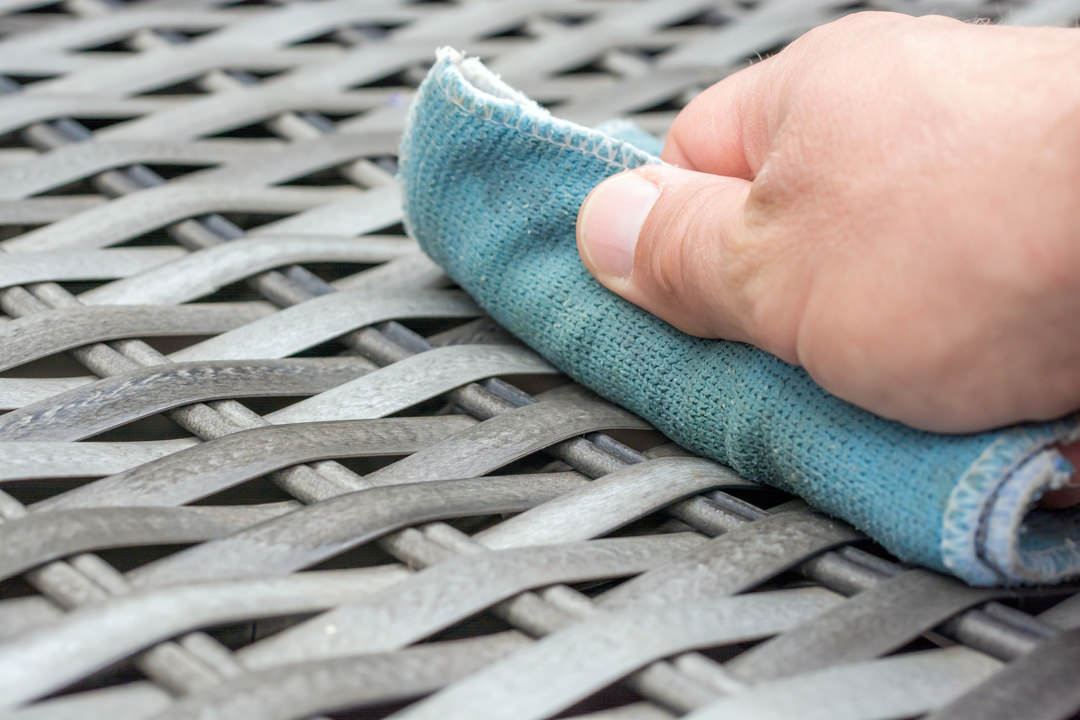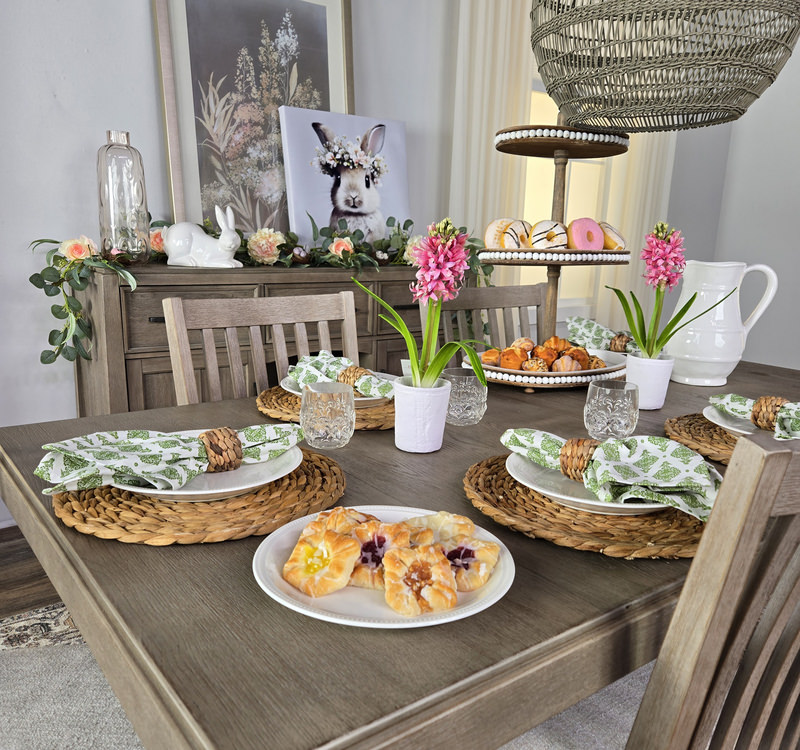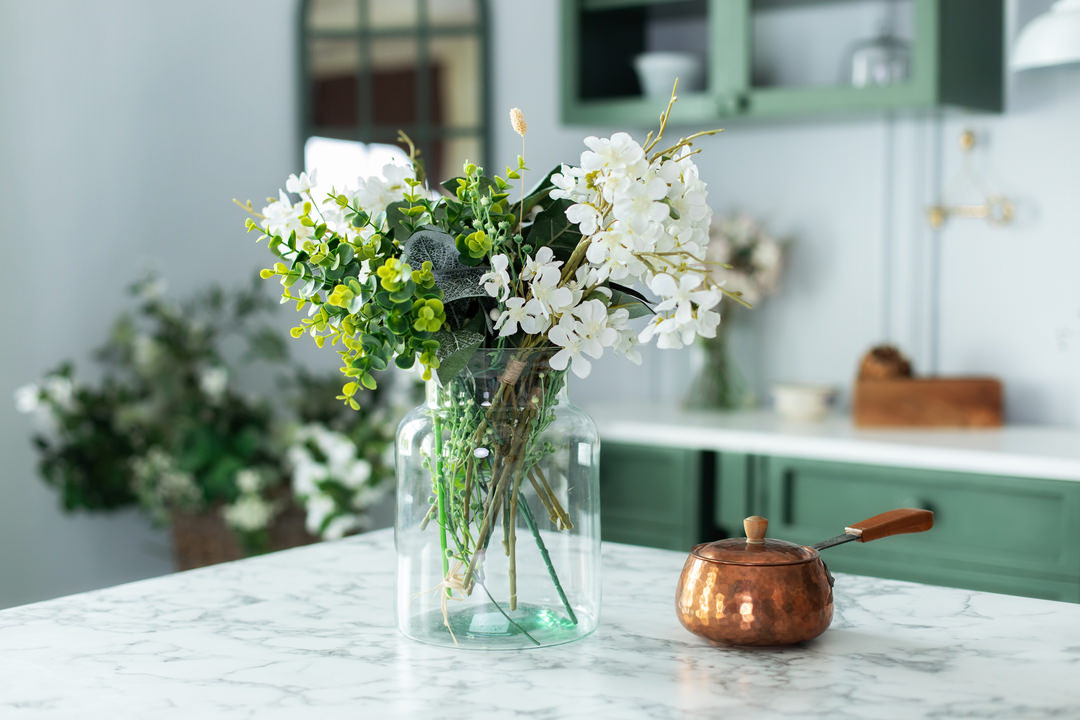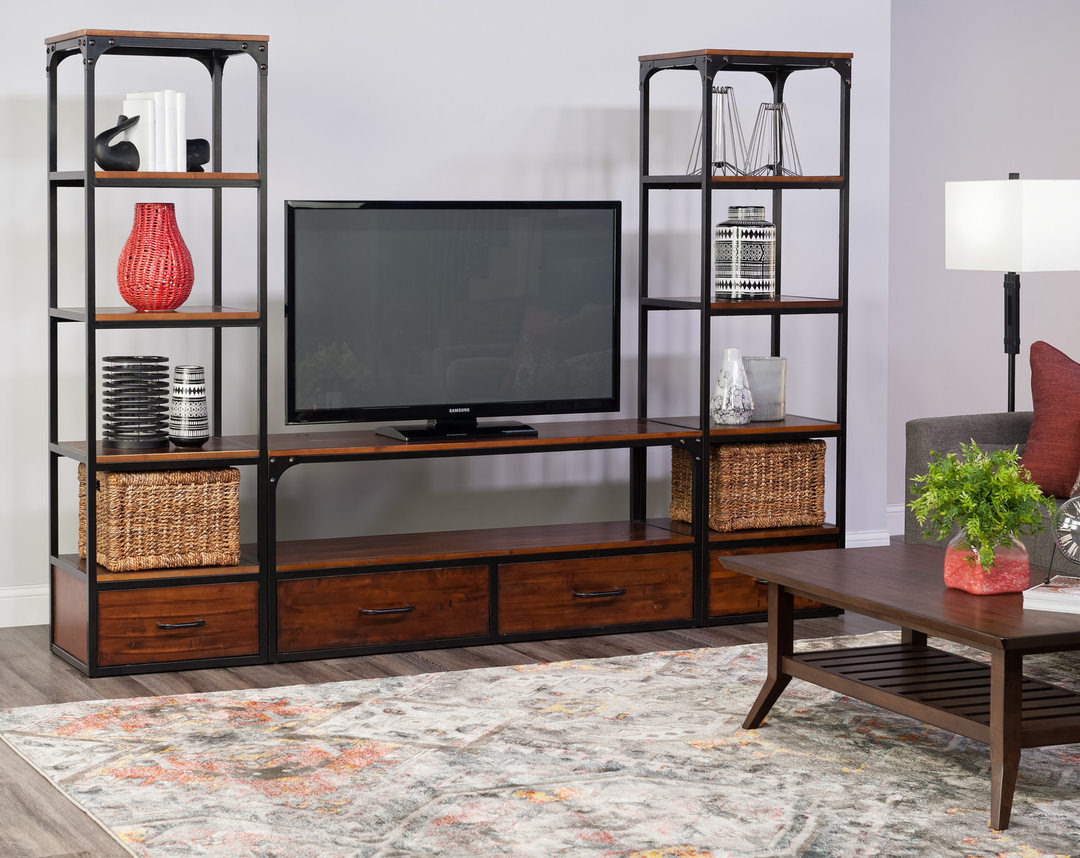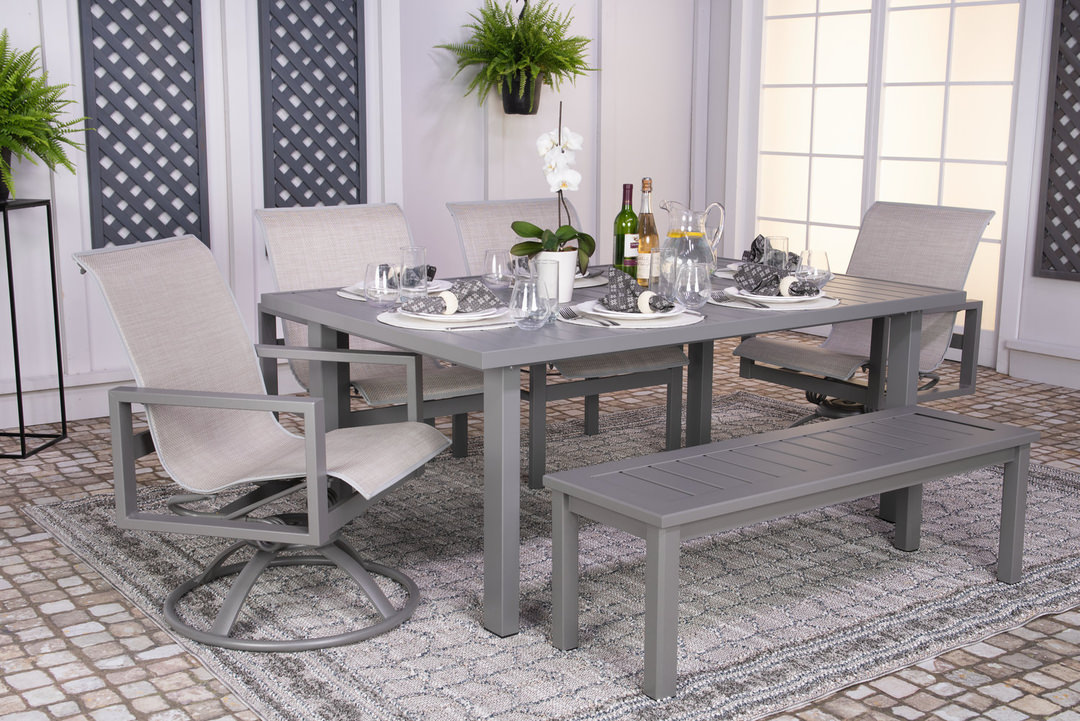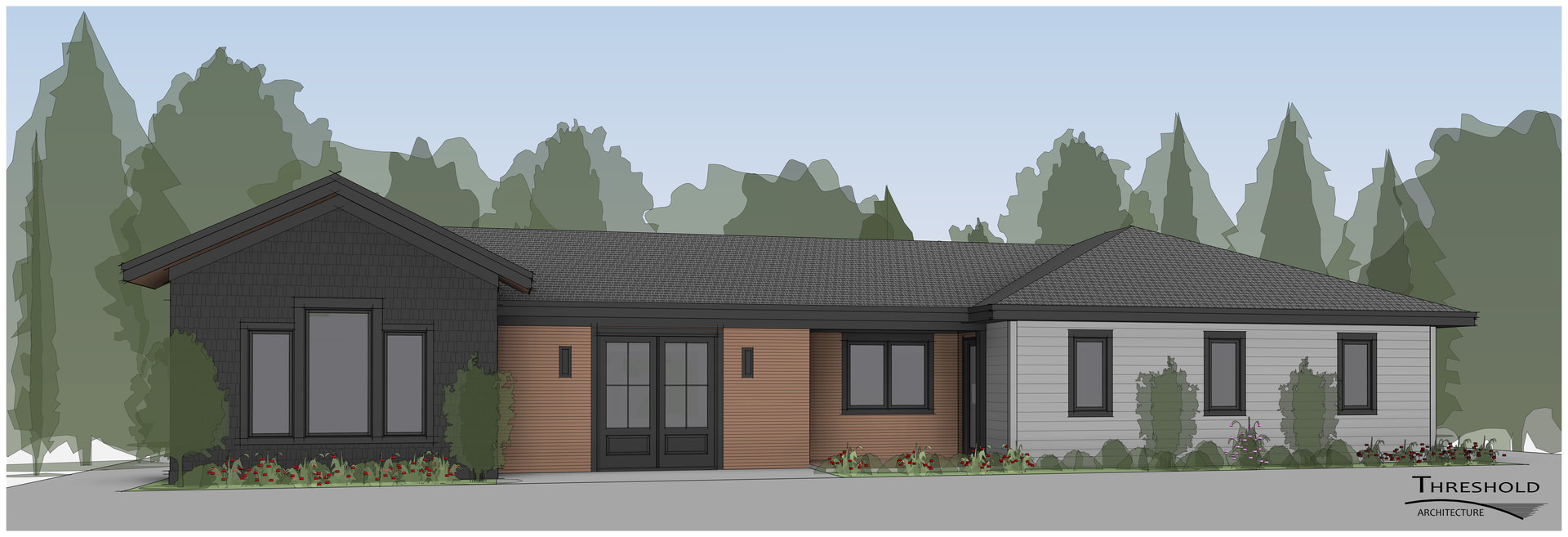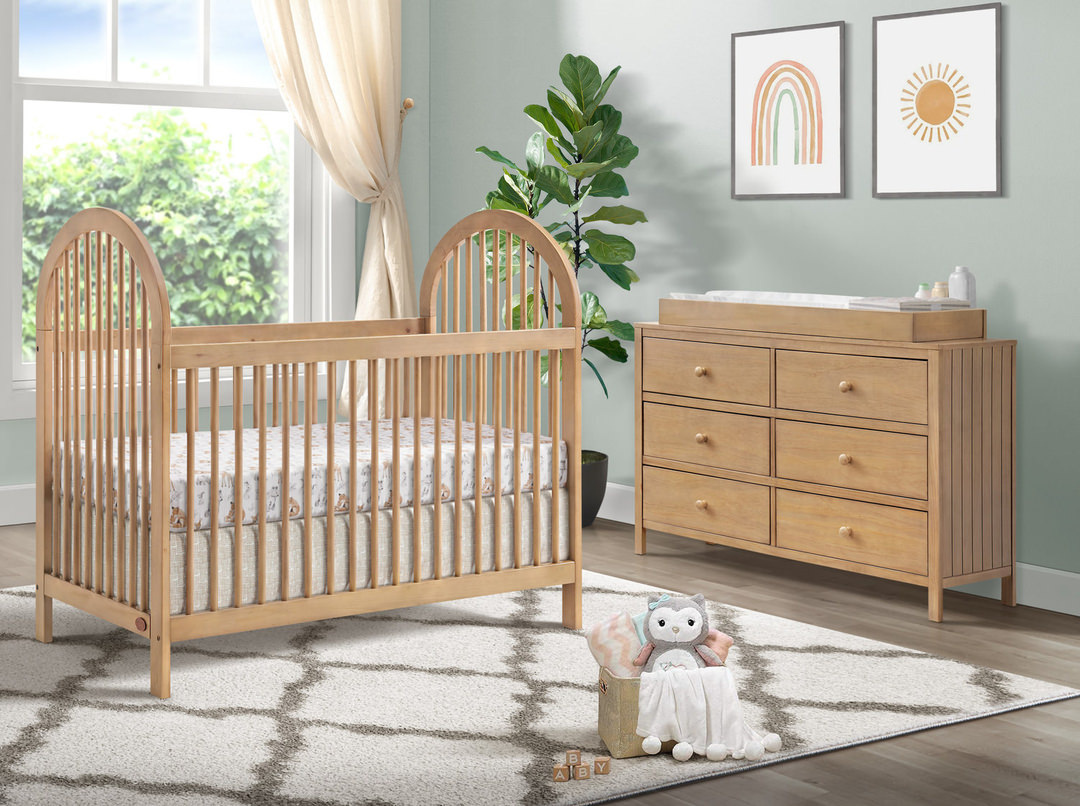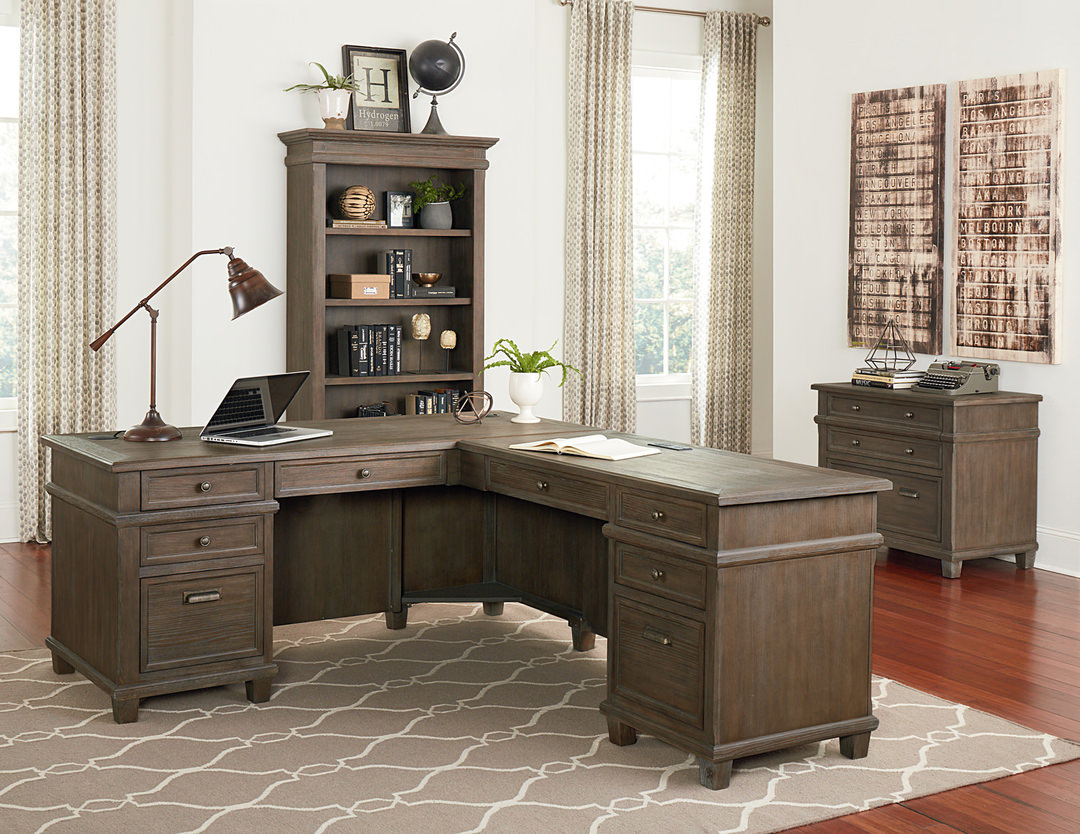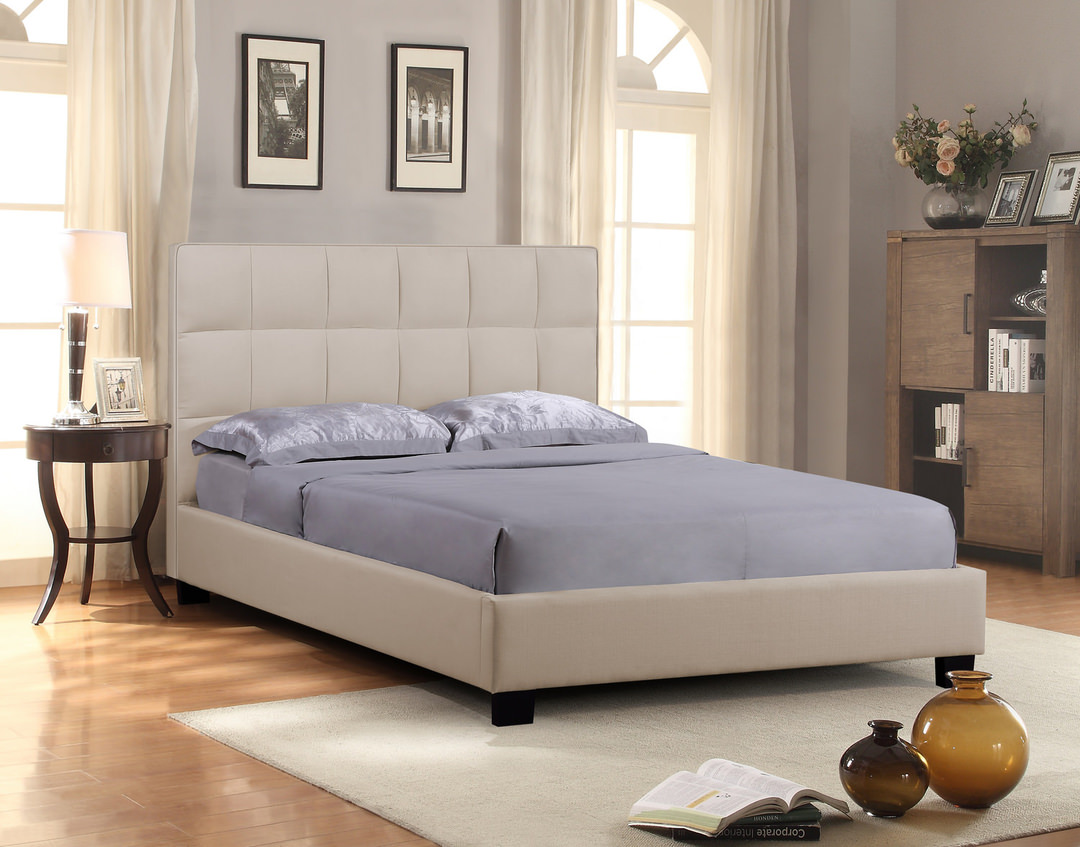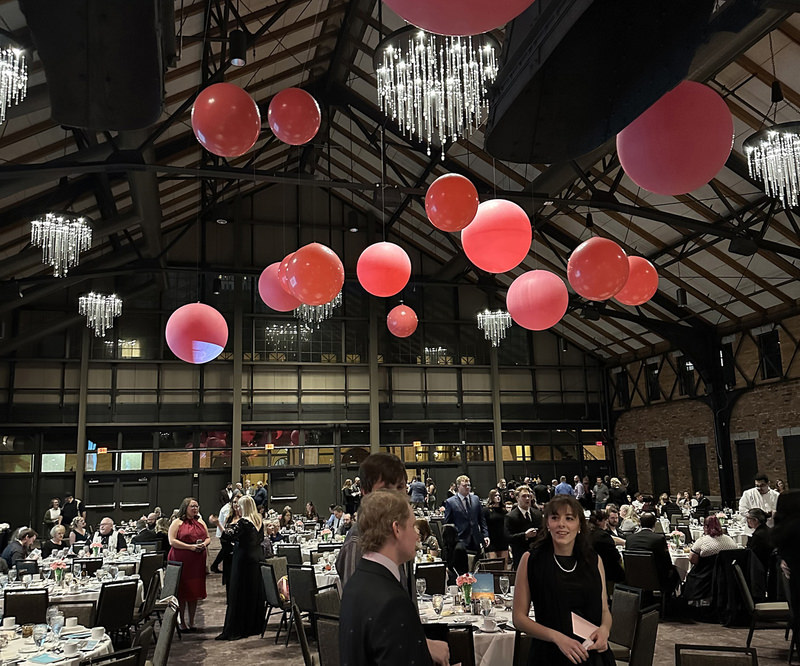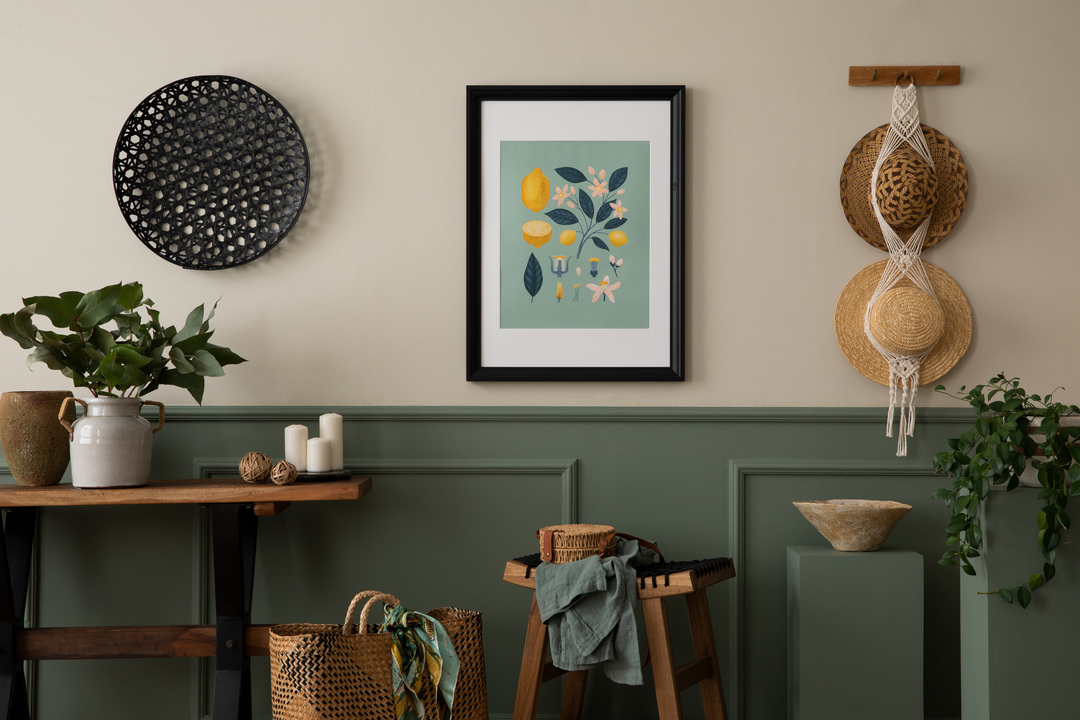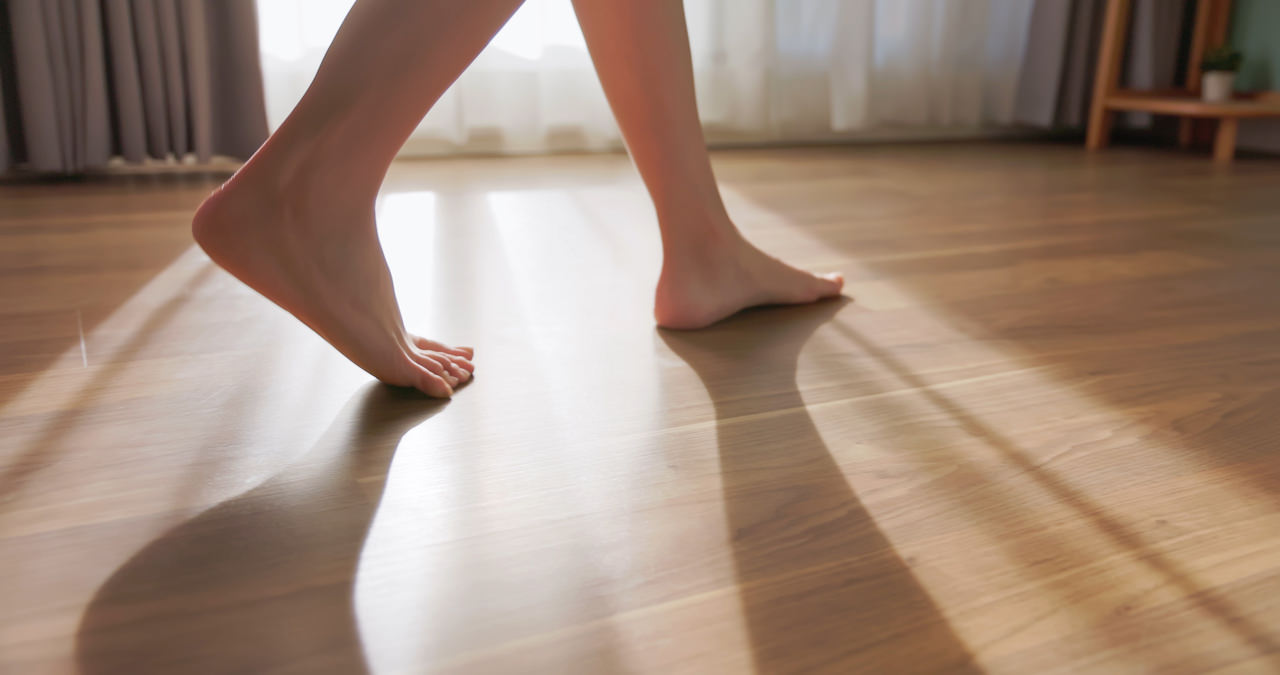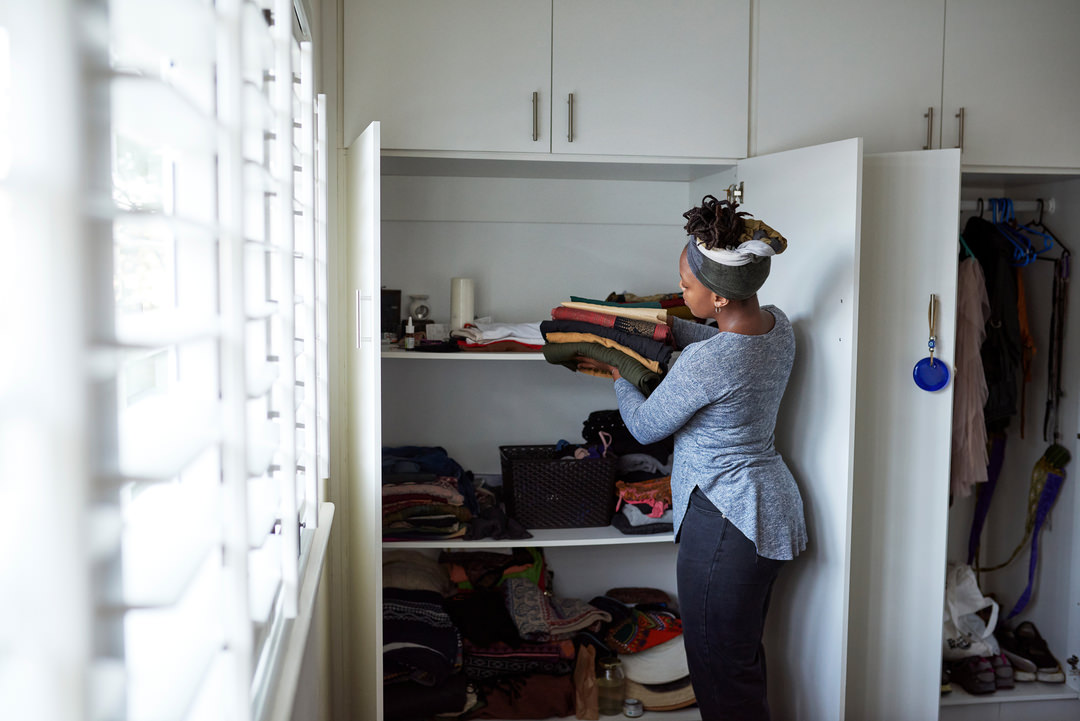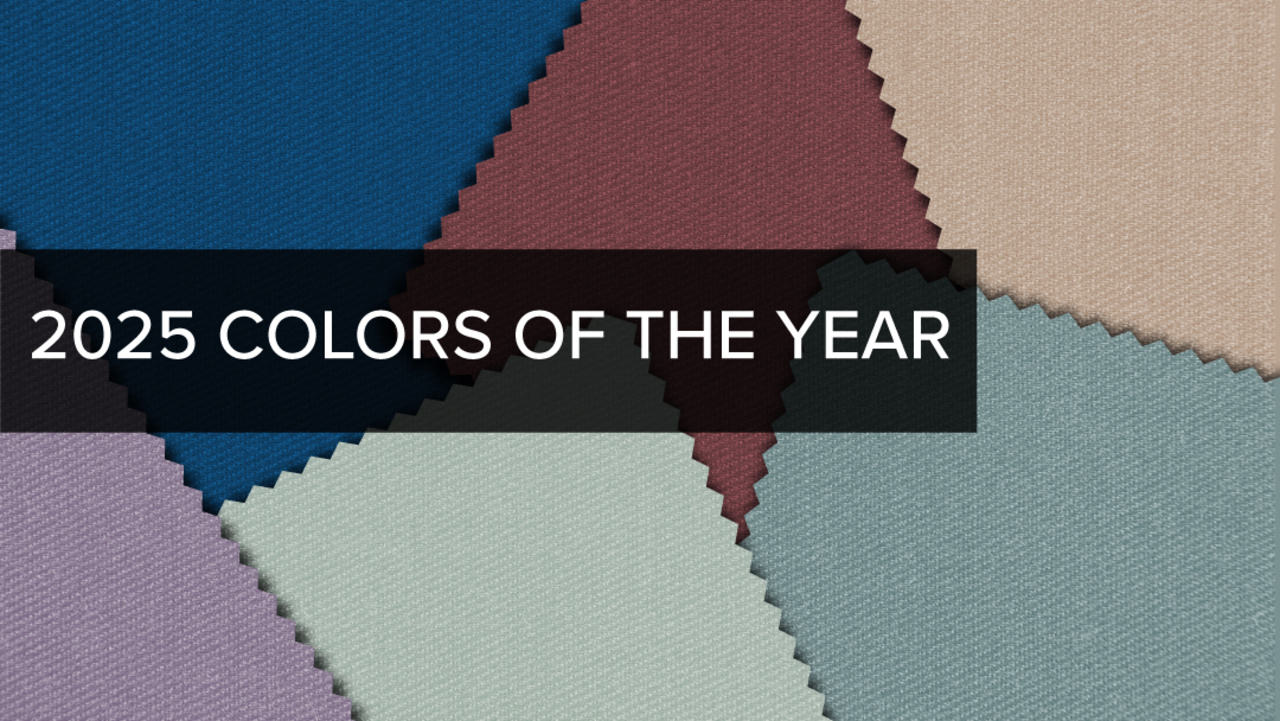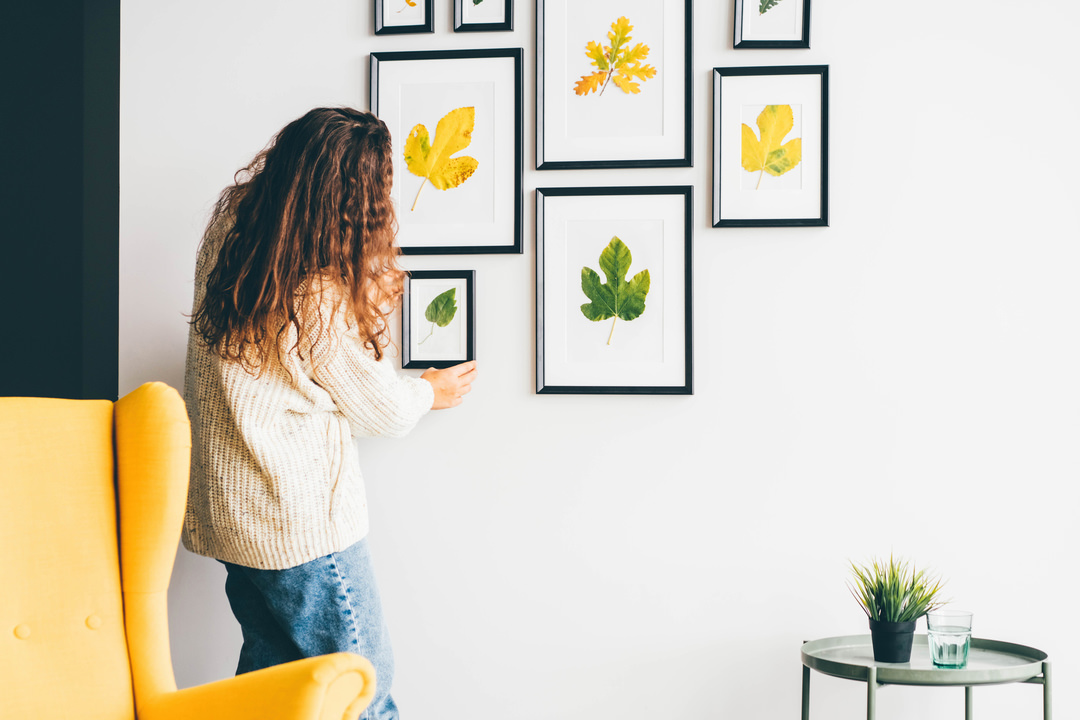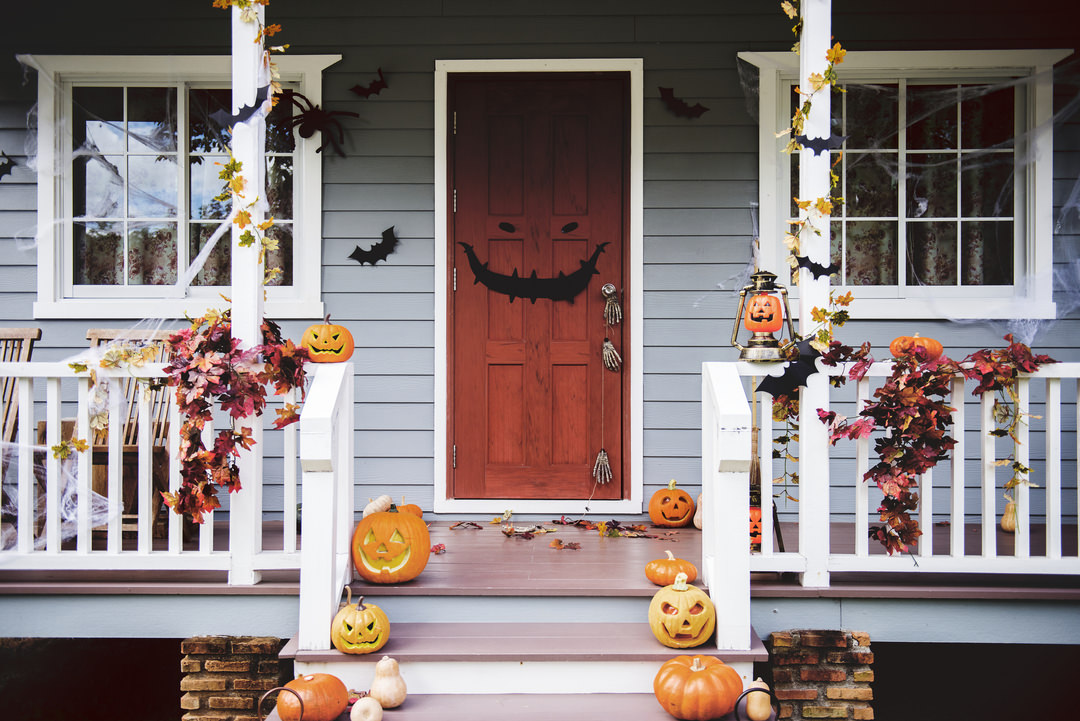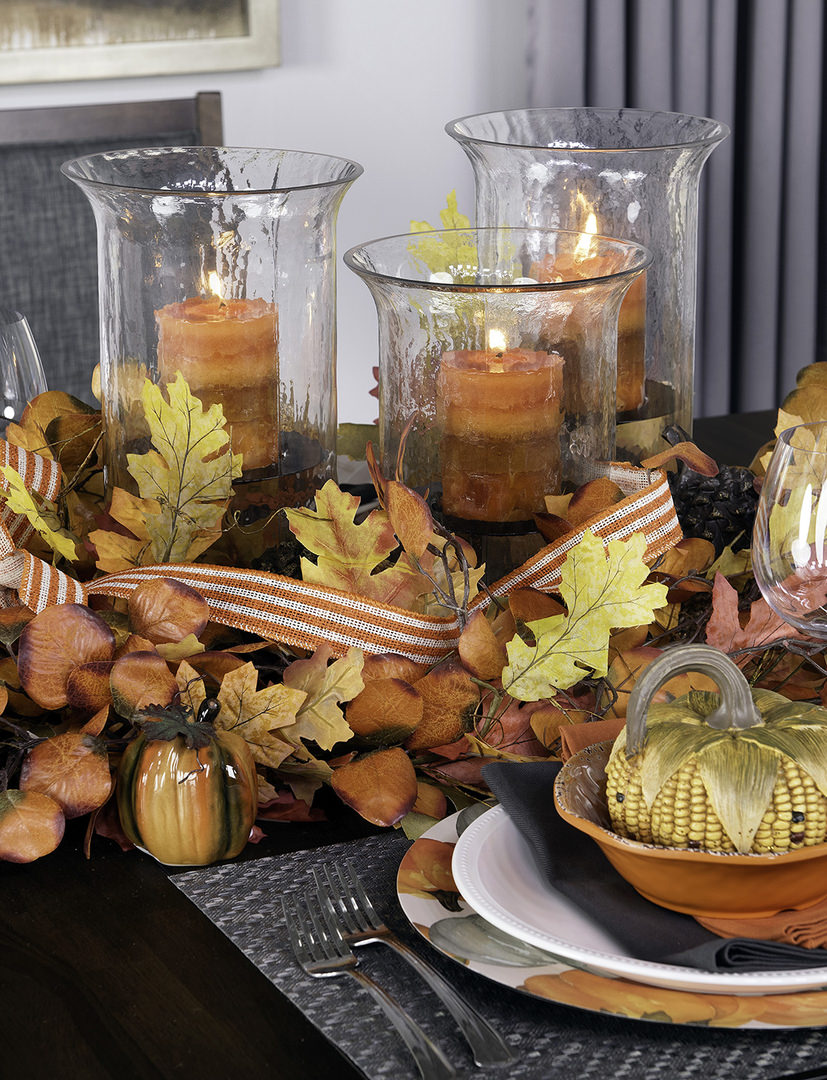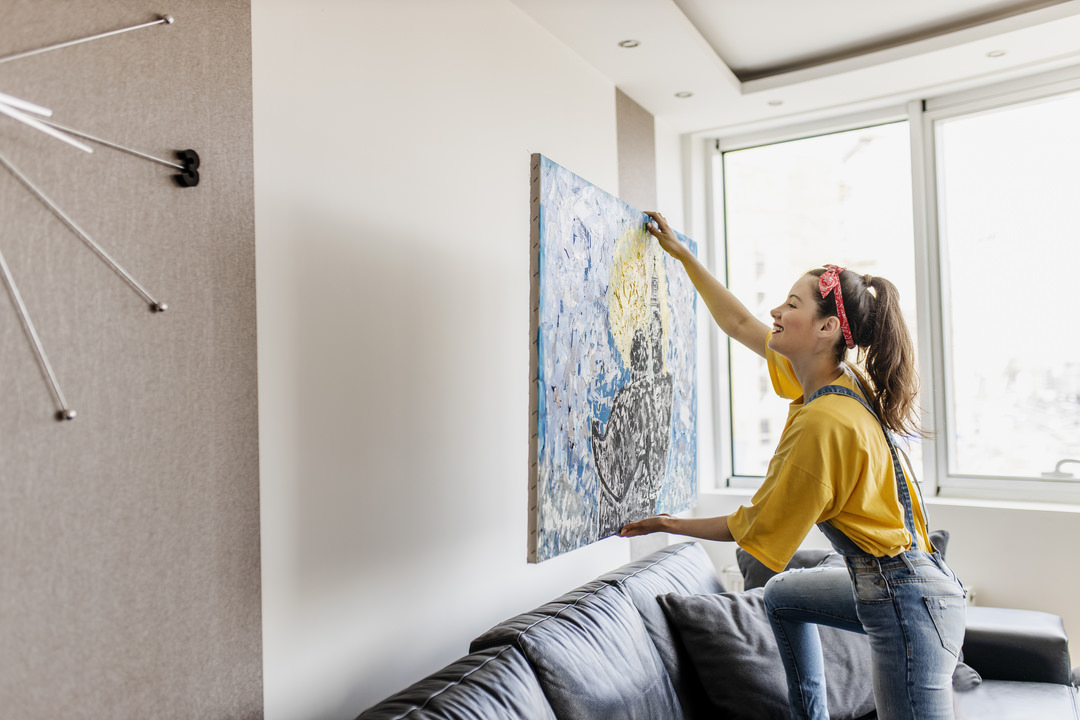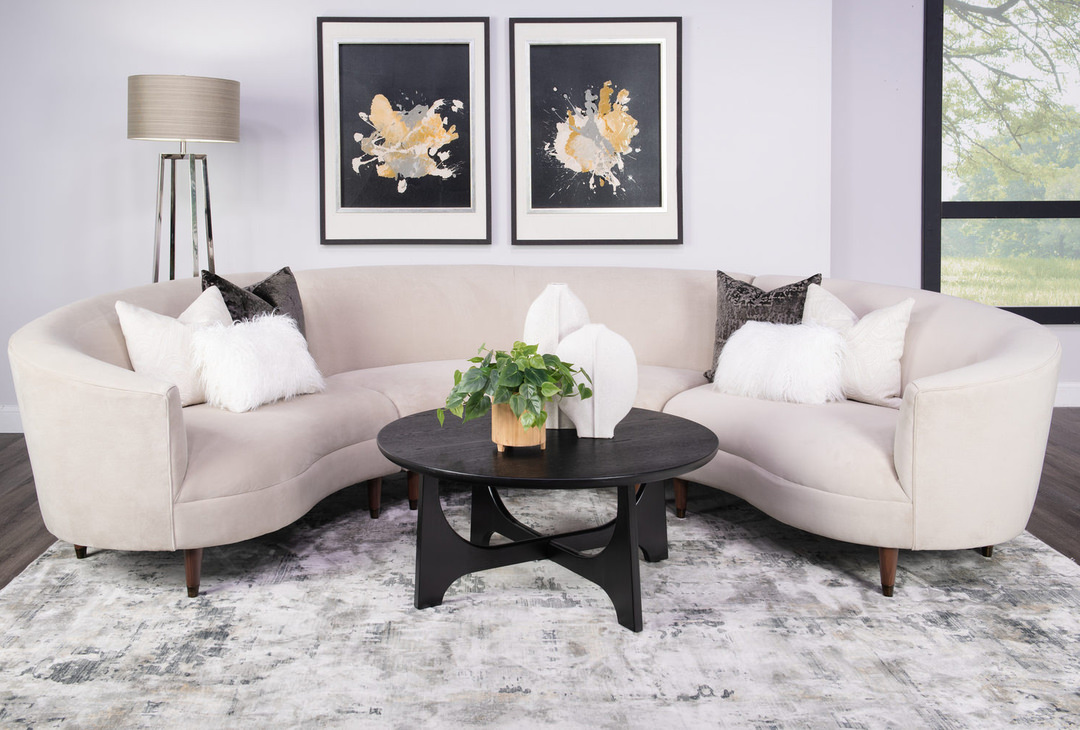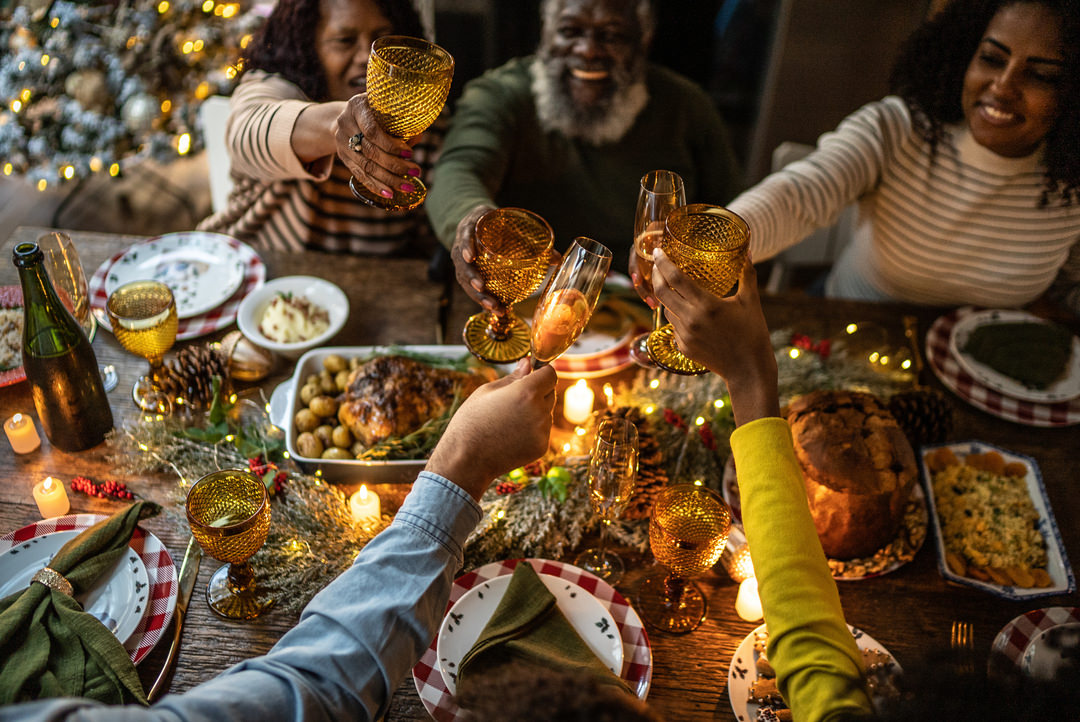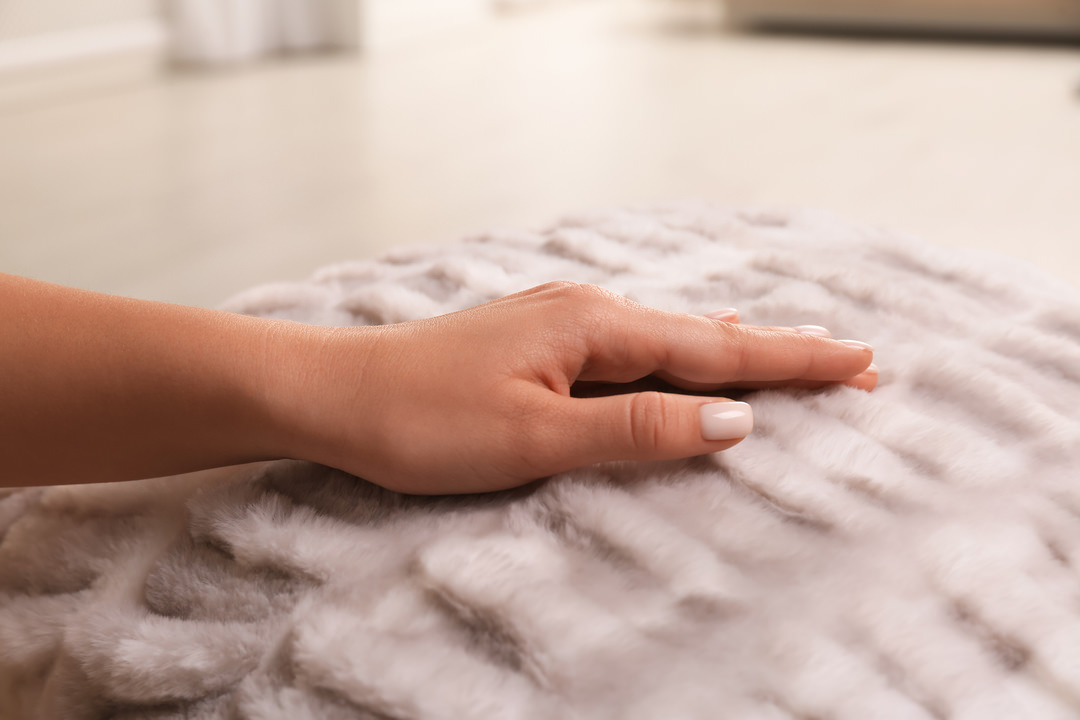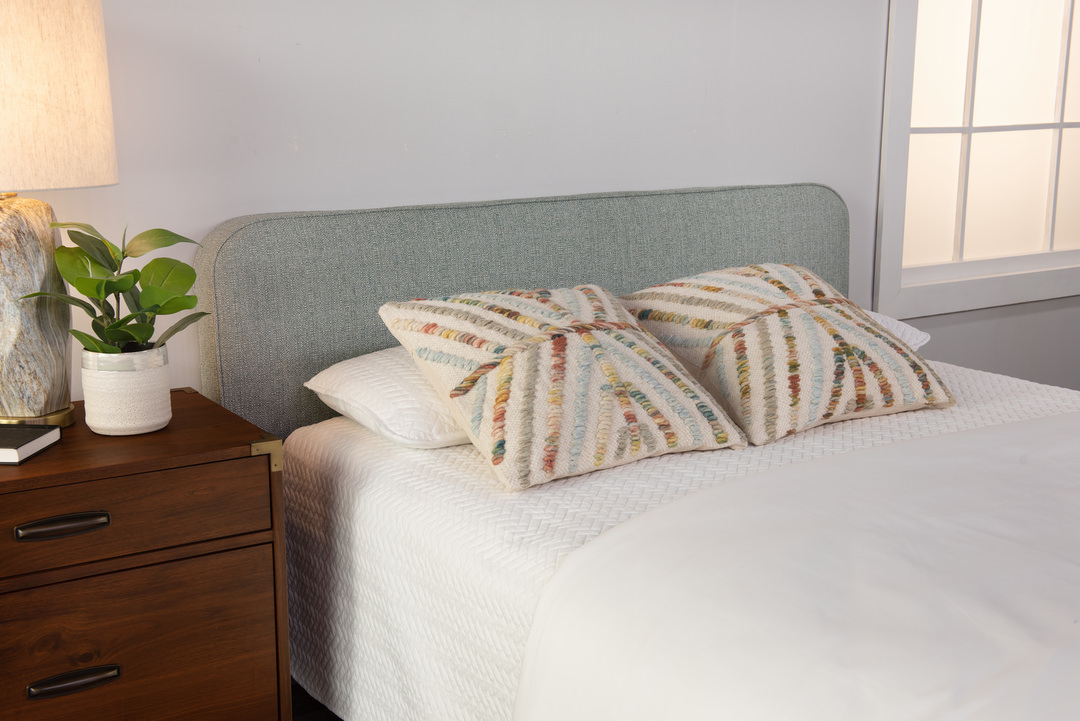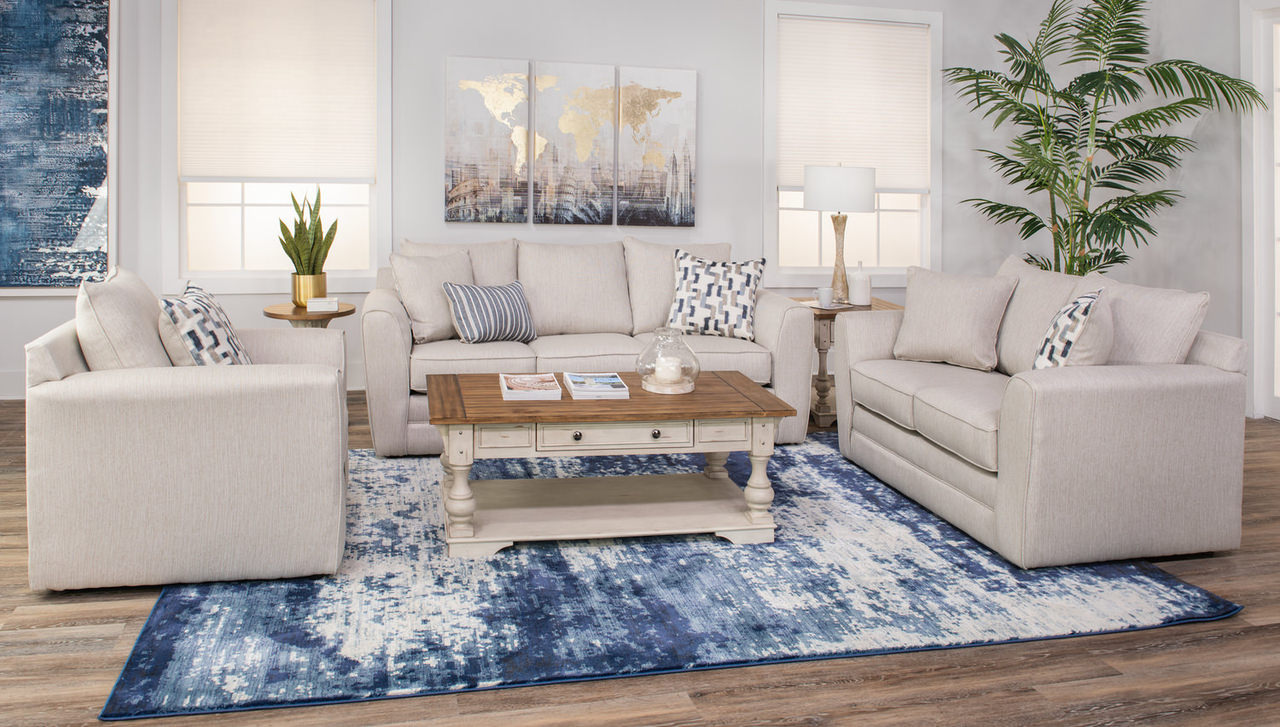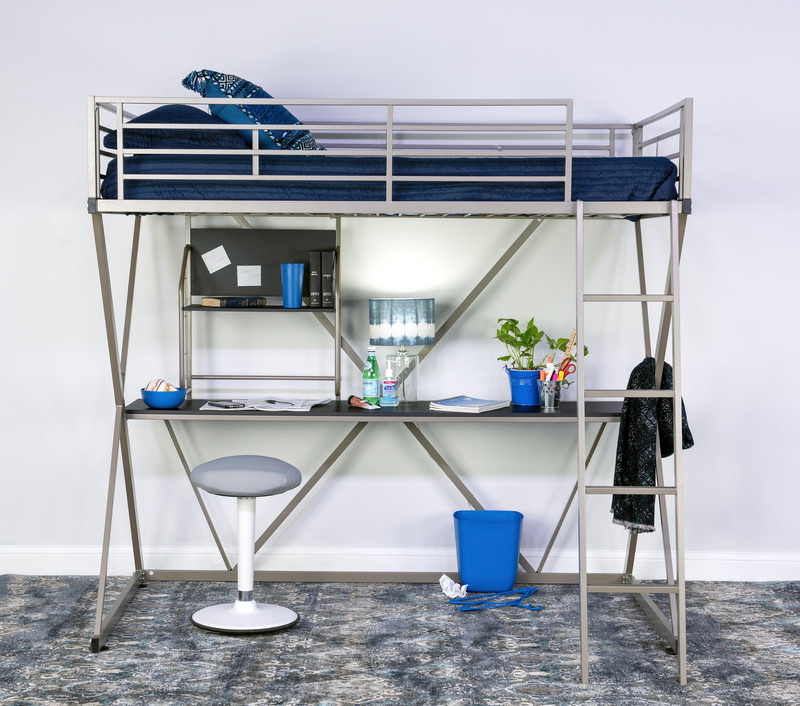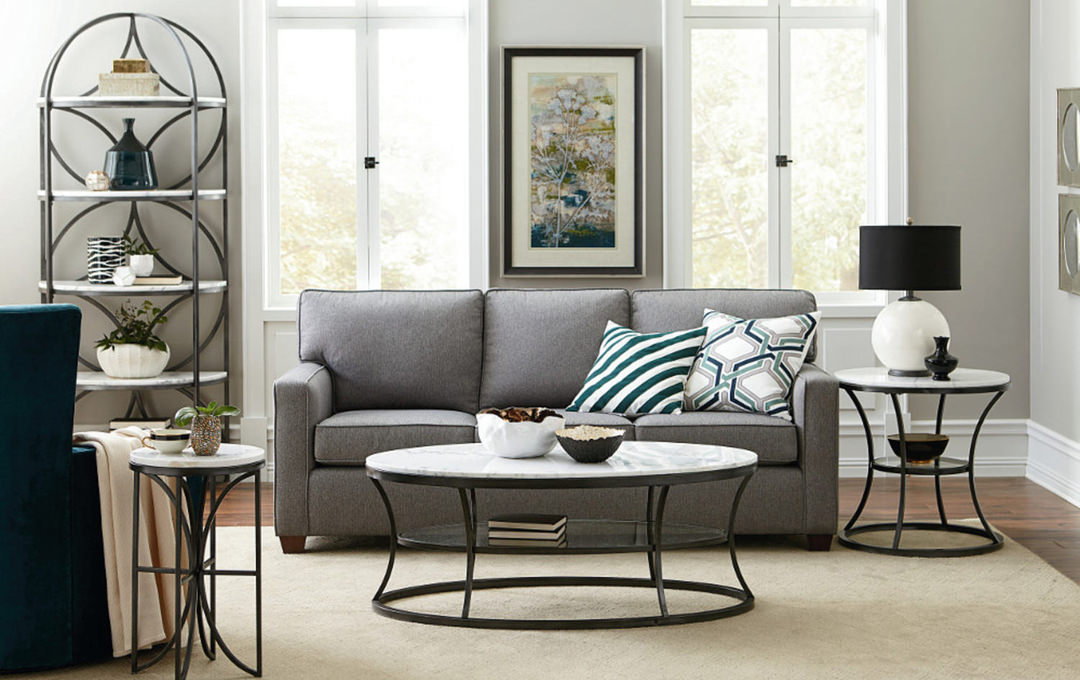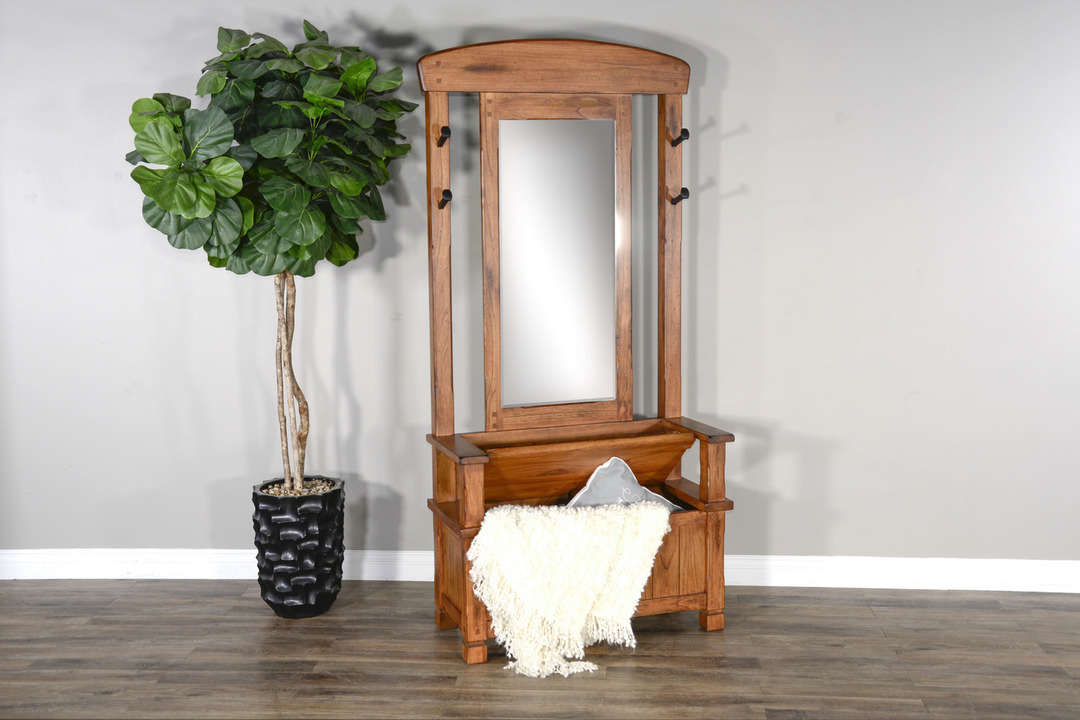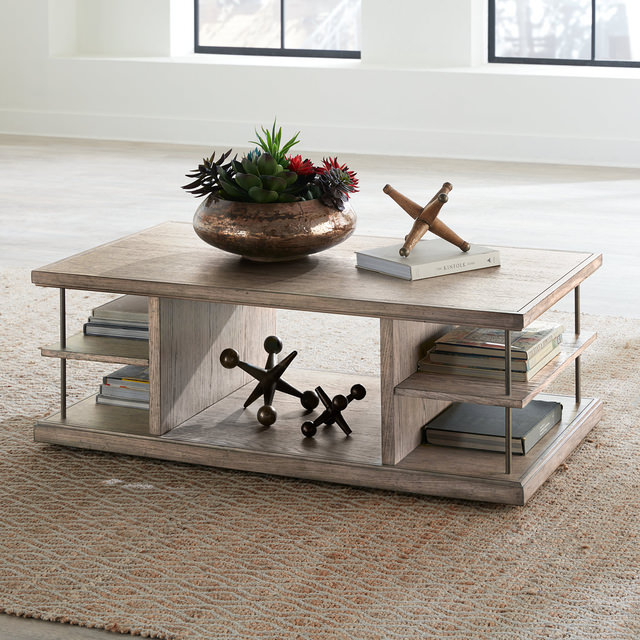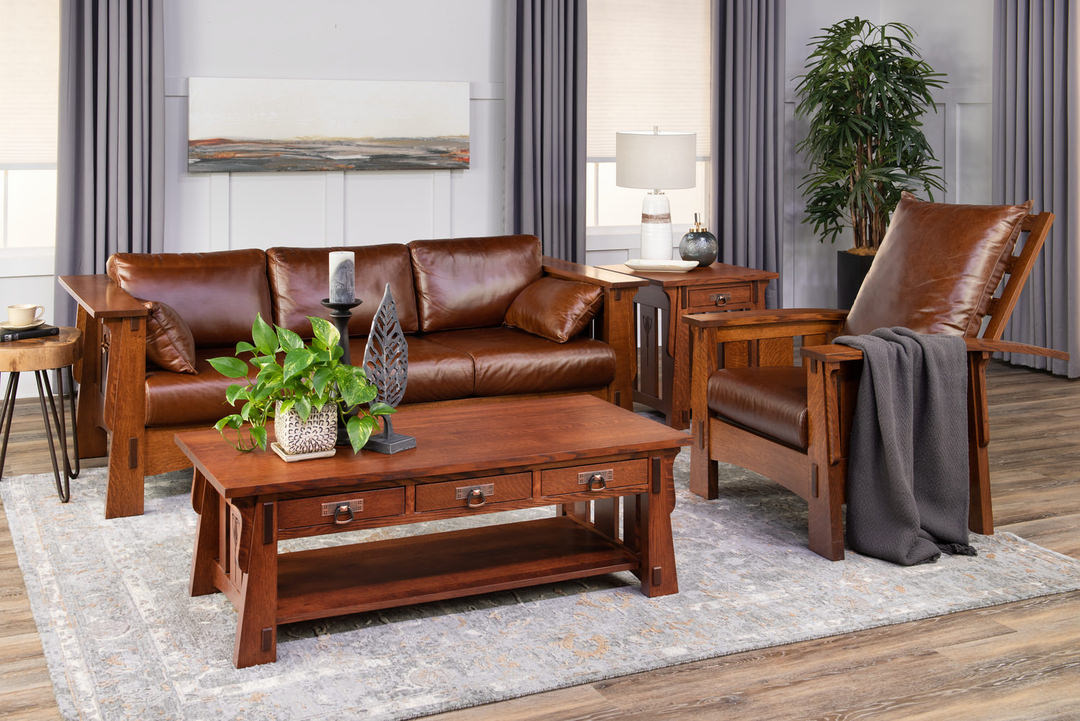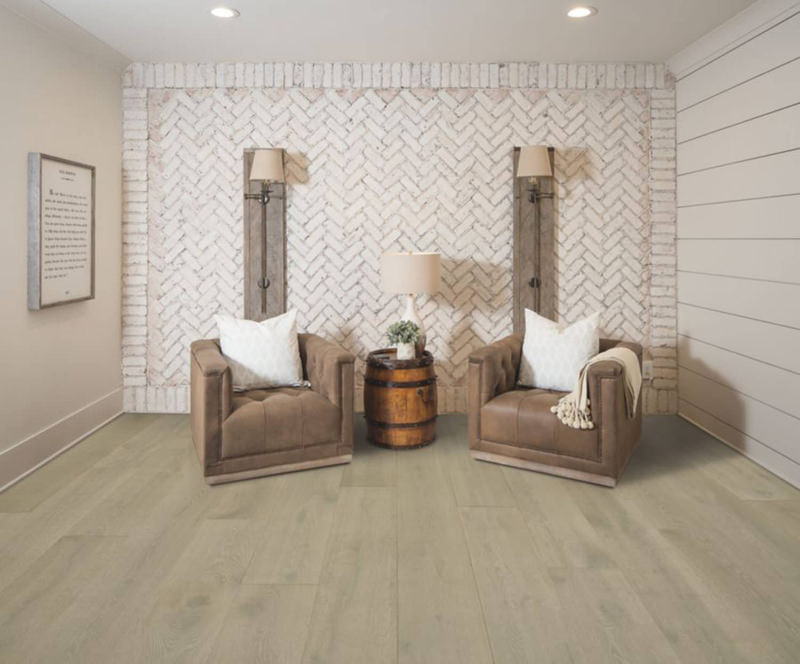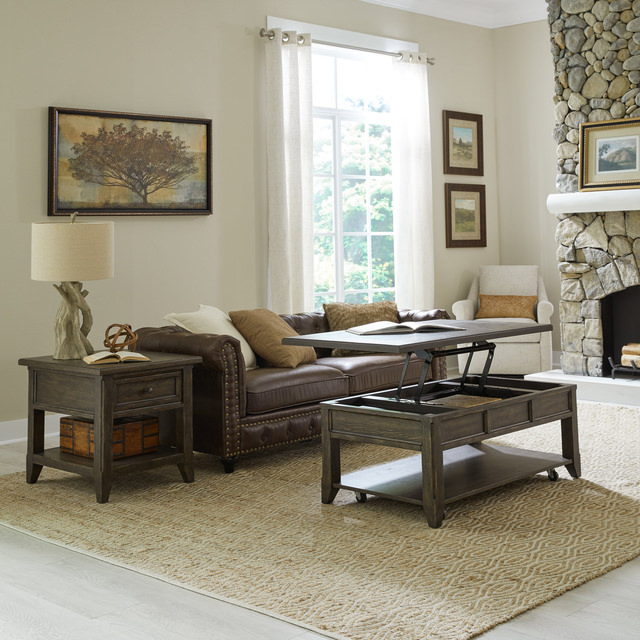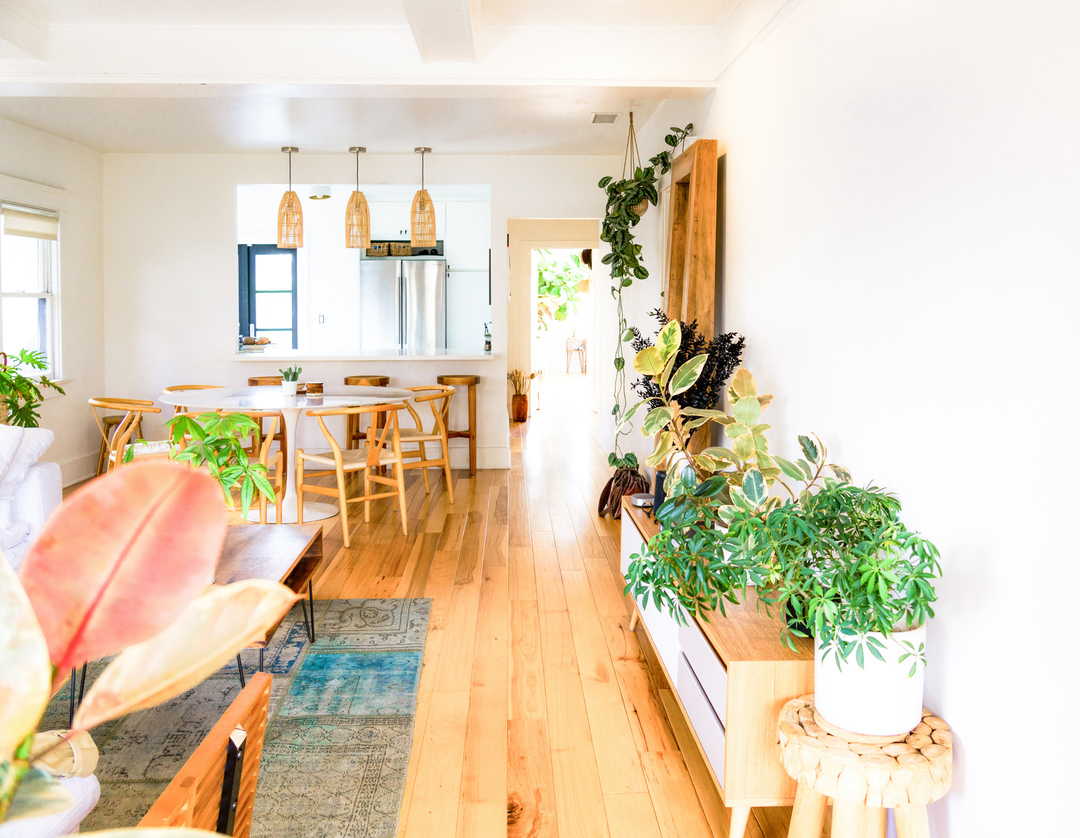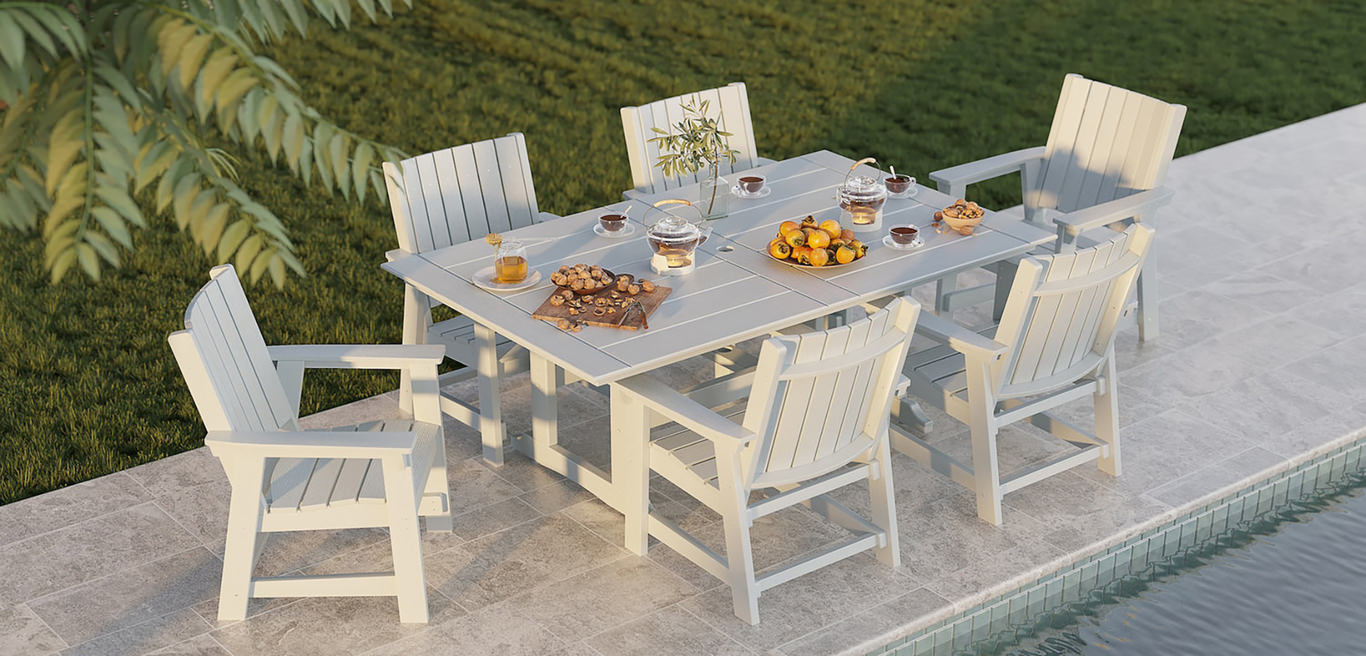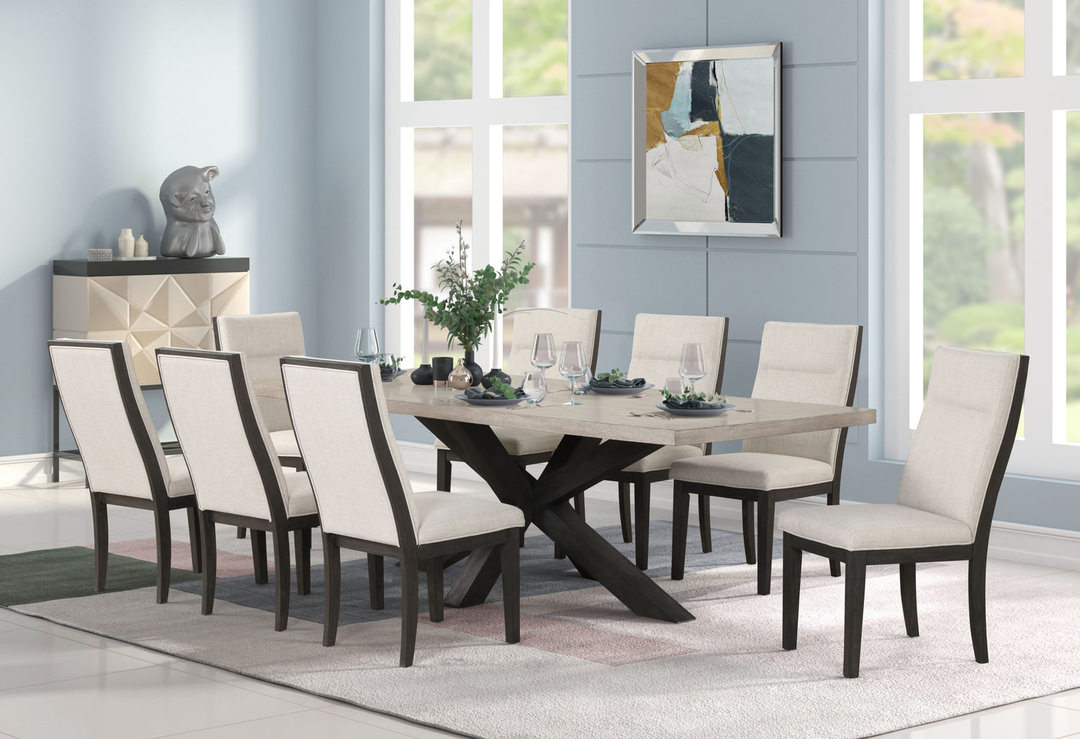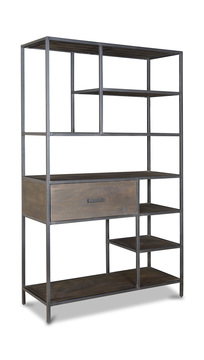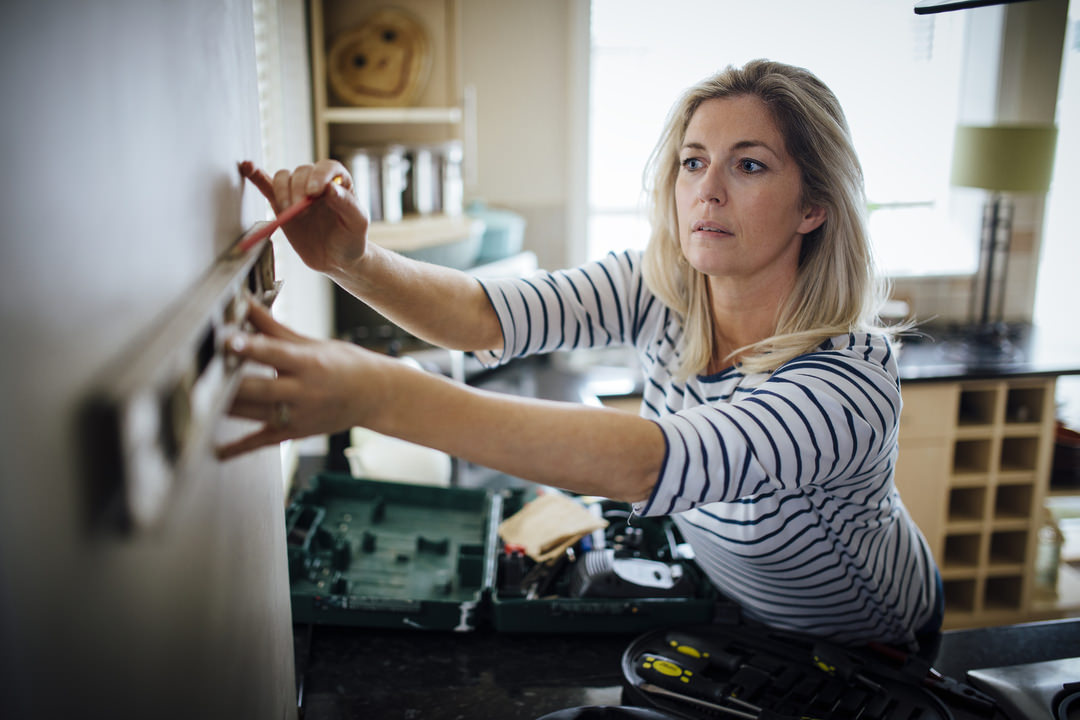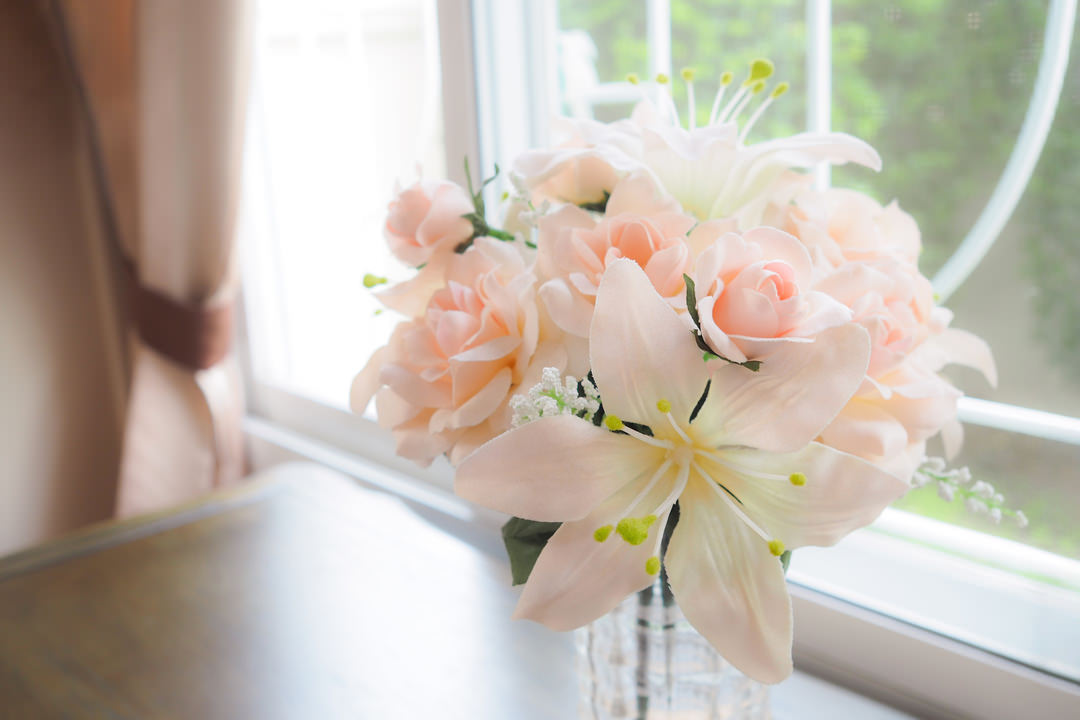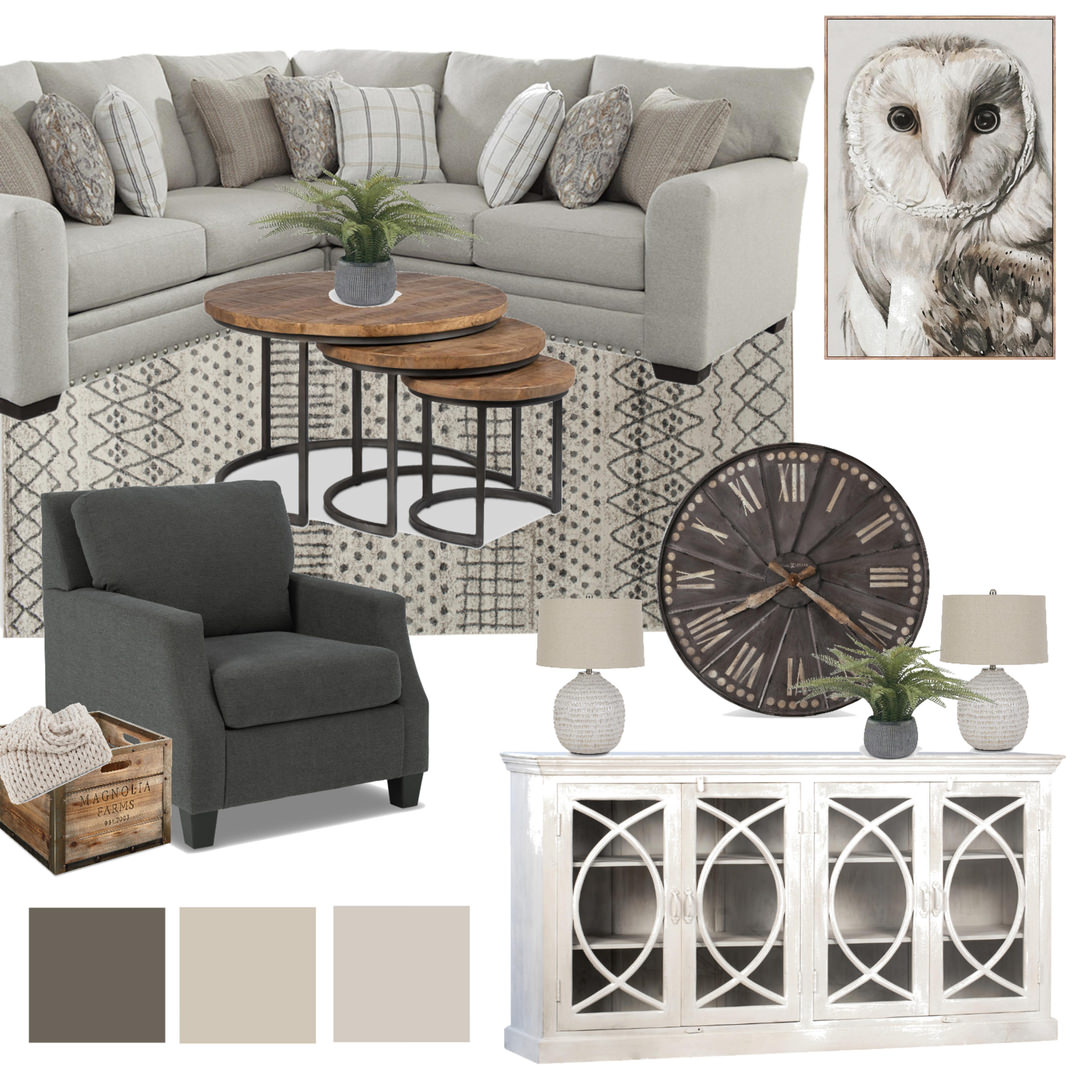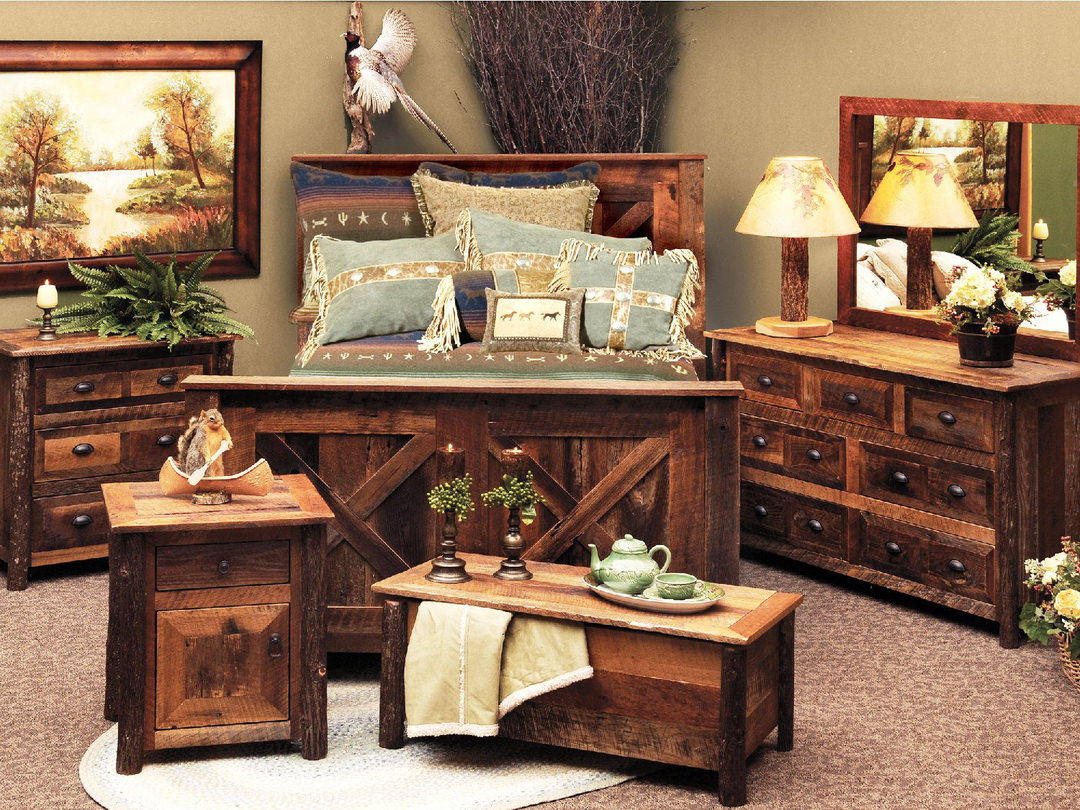Brighten Your Space
Make your room feel light and cheery with these design ideas.

Is your home too dark? Are there rooms that have that dungeon feel? Perhaps you want to brighten things up to cheer yourself, but don’t have the time or energy to knock out walls, widen doorways, add windows or put in a skylight. But even without major renovations, you don’t have to be stuck with drab spaces. There are many choices, big and small, to give your place some sparkle.
How can I make my house feel brighter?
One obvious step is to swap out those dark, serious chairs and sofas for some white furniture and beige furniture such as a beige sofa. But there are other solutions as well. You can declutter by removing or rearranging items to open things up. You might freshen your old furnishings with some bold pillows or even new slipcovers. It’s possible to replace some vases, bowls and knickknacks with white home decor and to minimize your window coverings.
And, of course, there’s always paint. In many rooms, you’ll find the biggest “bang for the buck” is to paint the ceiling rather than the walls. If your ceiling is not white, or has become discolored over time, it’s an amazing difference when it reflects rather than absorbs illumination. Consider using matte paint rather than glossy. While gloss is brighter, it tends to produce patchy light and create spots of glare. Matte gives a more diffuse and consistent look.
Finally, think about what spaces really need to be bright. A house can be cheerful even when not every room is dancing with light. Maybe there’s a nook a two where you want to emphasize coziness rather than airiness.
How can I get more light in my room?
If your room has windows, capture maximum natural light. Choose your window coverings judiciously. Keep curtains pulled or tied back when possible, and use soft-colored or cream-colored material such as linen. For blinds, a semi-transparent cloth or fabric will invite in more sunshine than wood or plastic. Avoid tall objects near the windows. Arrange your furniture to allow sunrays to reach as much area as possible. Locate bookcases on walls perpendicular to the window.
How about replacing your door with a glass door or with one with a window? Even if it doesn’t open to the outside, it may borrow some luster from a neighboring room.
Don’t take any options off the table when it comes to artificial light. A large central ceiling fixture, such as a chandelier, is a good start, but it may be harsh and fall short of illuminating every corner. A carefully placed floor lamp or desk lamp can spread cheer throughout the room. Low lamps aimed at the ceiling tend to produce a warm and diffuse light, as can recessed lighting and even high hats. Track lights and arc lighting are great tools to consider.
What kind of bulbs to use? LEDs are brighter but can be harsh. Compact fluorescent lights (CFLs) may produce cooler smoother light, but they have special handling and disposal requirements. Think about the specific room. In a kitchen or a bathroom, direct light might be more desirable than in a living room or den. And don’t rule out illuminating your closets. Your guests may not see it, but it will boost your morale every time you visit.
Mirrors multiply light. A mirror opposite the window makes a room feel larger and airier. If you don’t like the big-mirror look, use clusters of small ones. Facing mirrors on opposite walls create an infinity effect. Choose metallic or light-colored frames for maximum light diffusion.
Metal and glass mimic the reflectivity of mirrors, albeit not as forcefully. Metallic pendants and structures and also glass tabletops can amp up the brightness.
How can I brighten up a dark room?
When you choose wall paint with the desired effect of brightening your room, stick to off-whites, beiges and faint pastels. That blue or green that looked brilliant in the store becomes dull when there are few or no windows. If your heart is set on one of these colors, use it for baseboards or doorframes. And remember that a matte or eggshell will often produce better results than a gloss.
As to furniture, a white chair or white sofa is always a good choice, but don’t think only about color. Choose items with high and thin legs for a sparser, airier look. Select coffee tables and end tables with single shelves rather than those with drawers. Try out open bookcases without backs and sides. And while you’re at it, put fewer items on those bookcases. Think display rather than storage. Use fewer books with lighter covers and don’t pack them densely together. If you have plants, avoid a lot of dark foliage. Fewer plants with lighter leaves will produce a more uncluttered feel. If your artwork, either on the shelves or wall, is dark and formal, consider going softer and more casual.
Last, look down as well as up. Don’t ignore your floor. A festive area rug is one of the simplest ways to increase the cheeriness factor. Maybe new carpeting or new tile is in the cards for you. This might include not only traditional pattern for a kitchen or patio but also a modern and light wood-look tile for another room.

